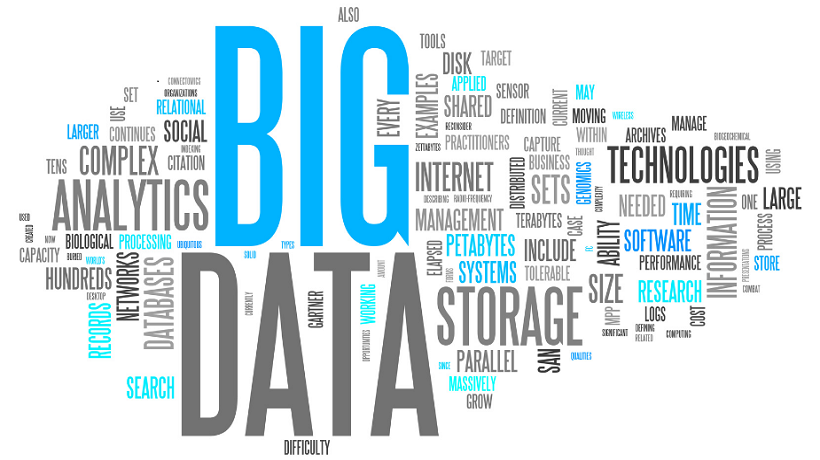Predictive analytics: Are marketers focusing on the right data?

You can never have too much of a good thing, right? Try asking that of marketers overwhelmed with analytic data that spans a variety of formats. Customer data; log data; search data… Trying to make sense out of all this information could drive anyone mad. However, with companies refusing to make a move without the marketing data to back it up, it’s essential for marketers to fully understand data analytics.
Unfortunately, like any other skill, data analytics takes time to master and most marketers just don’t have that luxury. In a VentureBeat Insight report, 65 percent of marketers said they lack the ability to accurately measure marketing impact. Furthermore, with the high volume of marketing data, marketers cited the inability to prove which data matters as a common problem, along with the lack of self-service tools.
It’s no wonder why companies often turn to Yeoman Technologies, a consulting firm that works with manufacturers, publishers, and education institutions to help them understand how the expansion of digital technologies impacts their sales and distribution models.
Michael Healey, CEO of Yeoman Technologies, spoke with VentureBeat about the common mistakes businesses are making regarding data analytics.
“The main reason so many companies struggle with this is because they tend to focus on whatever silo they’re responsible for,” says Healey. “And in particular, we see this with digital.”
According to Healey, they end up having lots of reporting on things such as impression rates, conversion rates, etc. but, as he puts it, “None of them are taking the extra effort to say, ‘Hey, wait a minute, people behave off-line and online in an integrated manner. You rarely start to see them pull in just the basics. Like, here’s my pattern of behavior online. And here are my store trends. Here’s my order volume. And if I’m a manufacturer, here’s my POS volume from my geographic regions.”
It’s not surprising. The fact is that the best data right now is digital. The best data sources are digital — but that ignores the stark fact that most customer behavior and revenue remains off-line. According to Healey, “Very few people in marketing take that data handle and say we’re going to build the correct data set.” Instead, he says, they tend to stay with the legacy data warehouse that talks about things that happened in the past, and the web behaviors that are really just indicators.
Not one to hold back his opinion, Healy says: “Marketing needs to stop overselling the web. If I can’t make the leap of how a million likes on Facebook drives the business, I’m gonna look and say you’re full of it. Instead, you need to go with tangible things that everyone can agree upon and start taking action. Data-driven businesses learn to take action little steps at a time. They start changing their fixed schedule to be more fluid-based upon the data they’re seeing, and you can’t do that when marketing uses digital data as a weapon for more budget.”
Healey also weighed in on the burning question of whether companies should bring in a data scientist to their marketing team.
“What companies lack is not the data skills, but the ability to translate those data skills, and a data scientist does not bring that,” Healey said. He explained that even though data scientists can crunch the numbers, they can’t teach companies to understand the insights and turn those into operational change. Ultimately, It’s up to marketers to take the data and translate it.
“One of the reasons why we [Yeoman Technologies] get hired is because we sit there and help these guys figure out what the data means. That’s not a data scientist’s job.”


